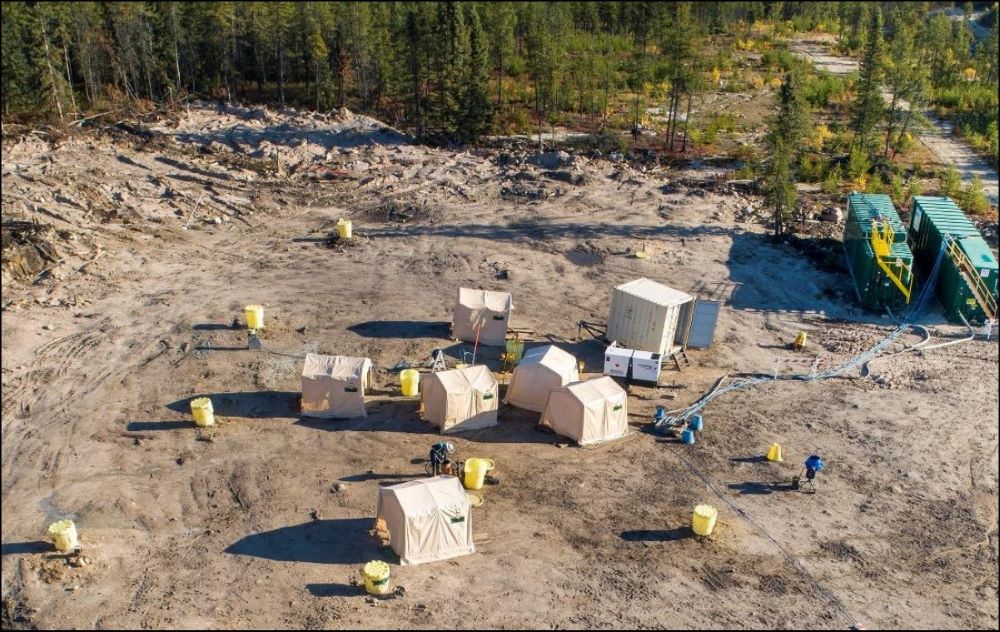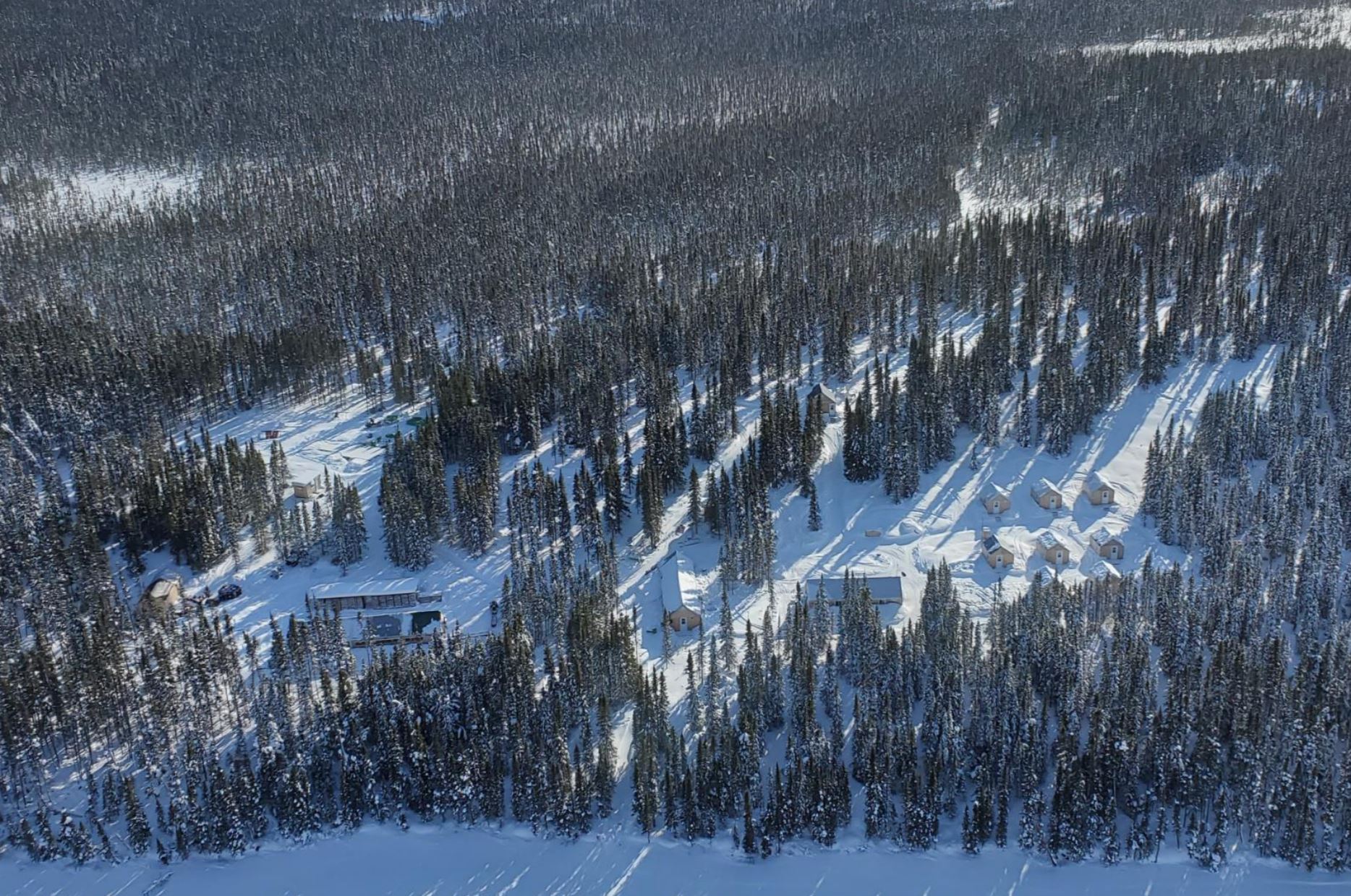Denison boosts Wheeler River uranium project economics with Phoenix FS, Gryphon cost update

Denison Mines (TSX: DML) has released results of a feasibility study completed for in-situ recovery (ISR) mining of the high-grade Phoenix uranium deposit, part of its 95% owned Wheeler River project located in the Athabasca Basin of northern Saskatchewan.
On a 100% ownership basis, the Phoenix deposit is presented with a base case after-tax net present value (at an 8% discount) of C$1.56 billion and an internal rate of return of 90%. The payback period is 10 months.
Pre-production capital costs are estimated at just under C$420 million (on a 100% basis), yielding an after-tax NPV to initial capital cost ratio in excess of 3.7 to 1.
The feasibility study (FS) is a culmination of a multi-year technical de-risking process, highlighted by the successful completion of the leaching and neutralization phases of the Phoenix feasibility field test (FFT) in late 2022. Through the this process, Denison has acquired extensive deposit-specific data and developed an ISR mine planning model to optimize the production profile.
As a result, the company said the planned rate of production has risen by approximately 43% during the first five years of operation, mining at 8.4 million lb. of U3O8 a year. Over the entire 10-year mine life, about 56.7 million lb. of U3O8 will be recovered from Phoenix’s reserves. Of those, the proven portion of Phoenix reserves was upgraded to 3.4 million lb. U3O8, representing the equivalent of 85% of production planned during the first calendar year of operations.
The Phoenix resource estimate was also updated to reflect results of 70 drill holes completed in support of ISR de-risking and resource delineation activities. About 30.9 million lb. of U3O8 were upgraded from the indicated category to the measured in recognition of the increased confidence in certain areas of Phoenix Zone A.
“After 4.5 years of rigorous technical de-risking and independent third-party validation, Phoenix has cemented its position as one of the lowest-cost uranium development projects in the world,” commented Denison CEO David Cates said in a news release.
“Notably, despite the considerable capital cost pressures experienced by the global mining industry over the last two years, the economics of a Phoenix ISR mining operation remain exceptionally robust – producing an improvement in projections of NPV and IRR, when compared to the 2018 PFS, as a result of favourable design changes and optimizations,” he added.
With the successful completion of the feasibility study, the company has now advanced the planned Phoenix ISR project through the technical de-risking process and has already commenced the first phases of project execution. The Denison team is now advancing front-end engineering and design efforts, with a target of transitioning into detailed design before the end of the year.
Gryphon cost update
Denison has also put out a cost update to the 2018 pre-feasibility study for conventional underground mining of the basement-hosted Gryphon uranium deposit, also part of the Wheeler River project.
The 2018 PFS and the Gryphon update describe the planned development of Gryphon as a conventional underground mine with a mine life of 6.5 years and annual average mine production of 7.6 million pounds U3O8. The initial capital cost was estimated at C$737.4 million.
The scope of the Gryphon update was targeted at the review and update of capital and operating costs – mining and processing plans remaining largely unchanged from the 2018 PFS aside from minor scheduling and construction sequencing optimizations, Denison said.
On a 100% basis, the deposit has a base case after-tax NPV (at 8% discount) of C$864.2 million and IRR of 37.6%. The project has a payback period of 22 months.
According to Denison, the cost update demonstrates that the underground development of Gryphon is a positive potential future use of cash flows generated from Phoenix, as it is able to leverage existing infrastructure to provide an additional source of low-cost production.
{{ commodity.name }}
{{ post.title }}
{{ post.date }}


Comments